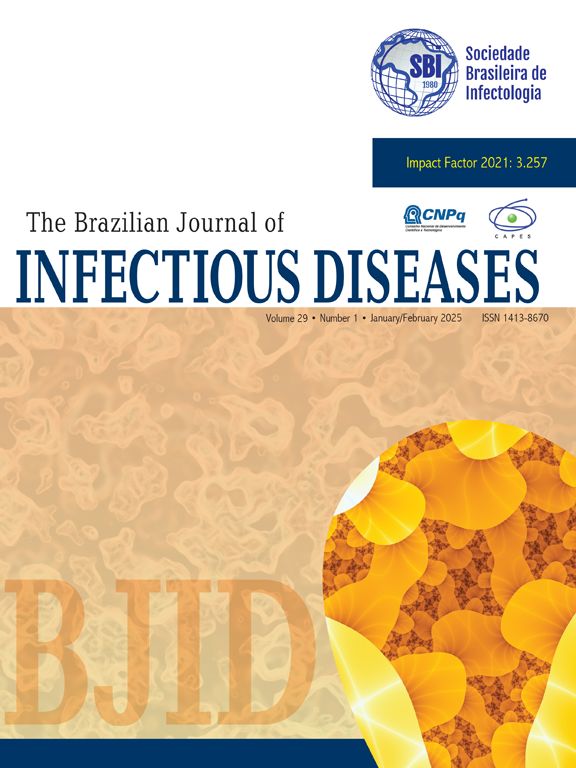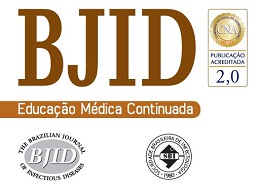Infection by Pseudomonas aeruginosa has spread worldwide, with limited options for treatment. The purpose of this study was to investigate metallo-β-lactamase-producing P. aeruginosa strains and compare their genetic profile using samples collected from patients in intensive care units. Forty P. aeruginosa strains were isolated from two public hospitals in Campo Grande, Mato Grosso do Sul State, from January 1st, 2007 to June 31st, 2008. Profiles of antimicrobial susceptibility were determined using the agar diffusion method. Metallo-β-lactamase was investigated using the double-disk diffusion test and PCR. Molecular typing was performed by pulsed-field gel electrophoresis (PFGE). Respiratory and urinary tracts were the most common isolation sites. Of the 40 samples tested, 72.5% (29/40) were resistant to ceftazidime and 92.5% (37/40) to imipenem, whereas 65% (26/40) were resistant to both antimicrobials. Fifteen pan-resistant samples were found. Five percent (2/40) of samples were positive for metallo-β-lactamase on the phenotype test. No metallo-β-lactamase subtype was detected by PCR. Macrorestriction analysis revealed 14 distinct genetic patterns. Based on the superior accuracy of PCR, it can be inferred that P. aeruginosa isolates from the investigated hospitals have alternative mechanisms of carbapenem resistance. The results also suggest clonal spread of P. aeruginosa between the studied hospitals.
The Impact Factor measures the average number of citations received in a particular year by papers published in the journal during the two preceding years.
© Clarivate Analytics, Journal Citation Reports 2025
SRJ is a prestige metric based on the idea that not all citations are the same. SJR uses a similar algorithm as the Google page rank; it provides a quantitative and qualitative measure of the journal's impact.
See moreSNIP measures contextual citation impact by wighting citations based on the total number of citations in a subject field.
See more



